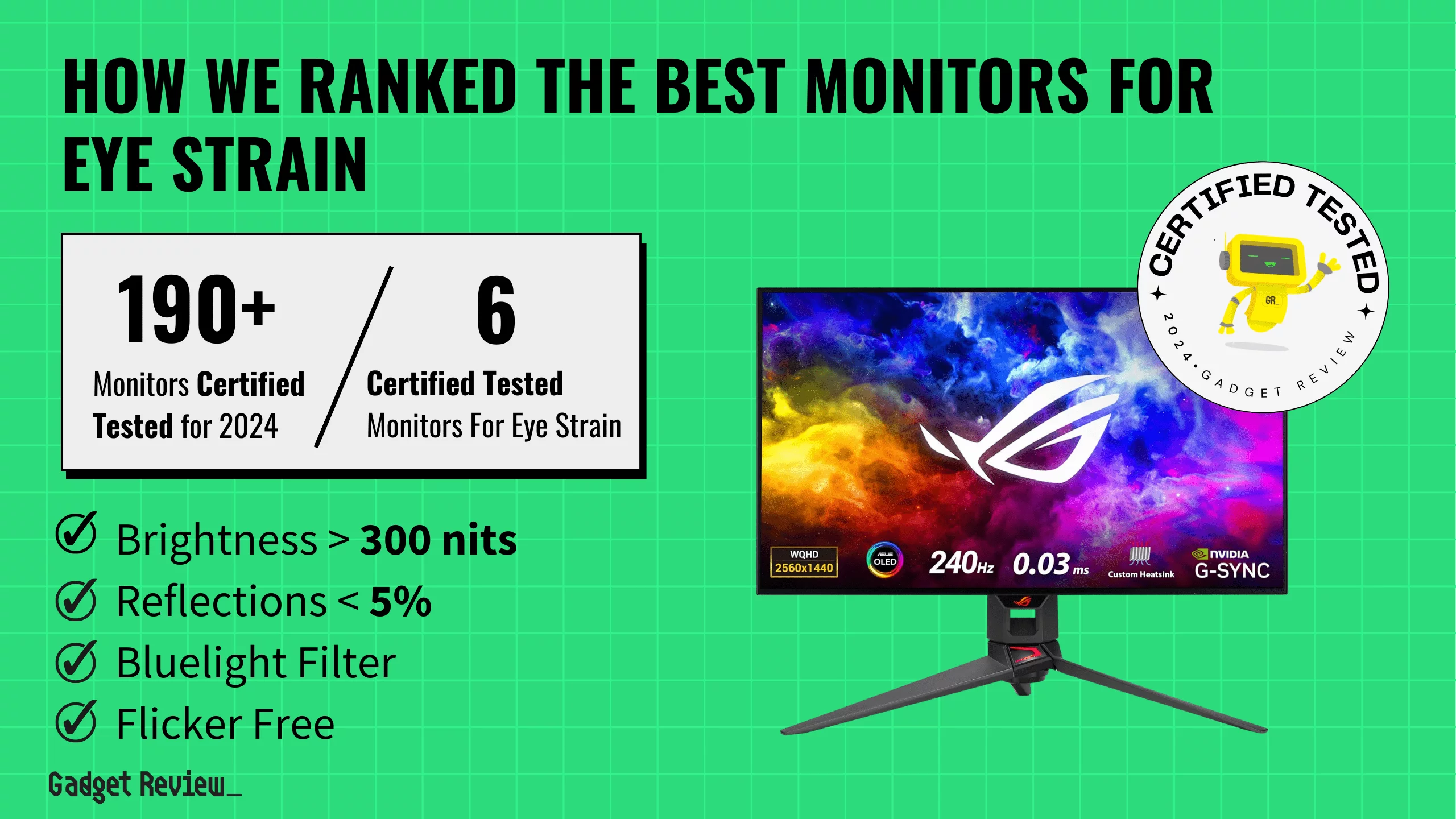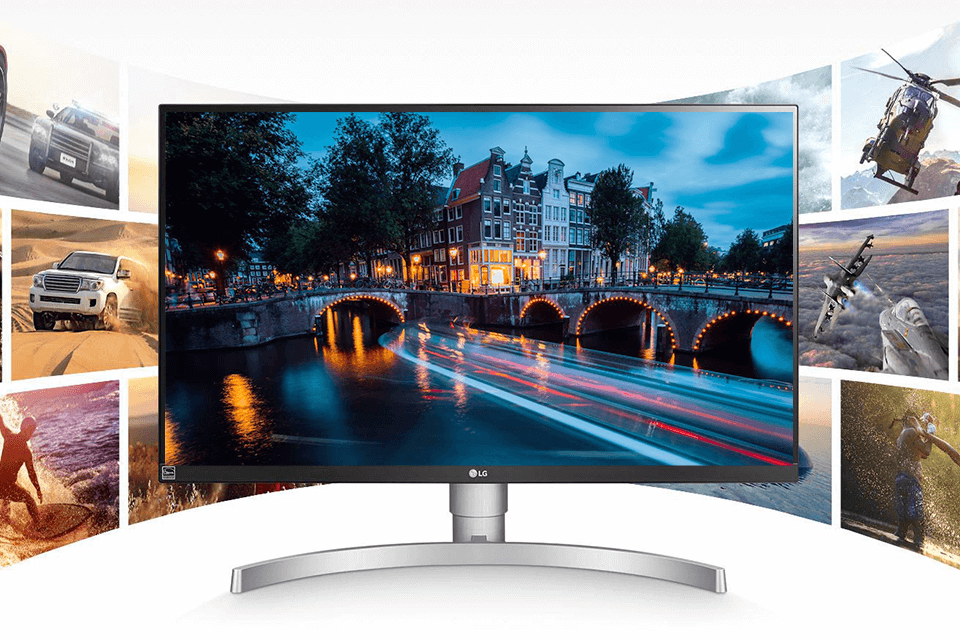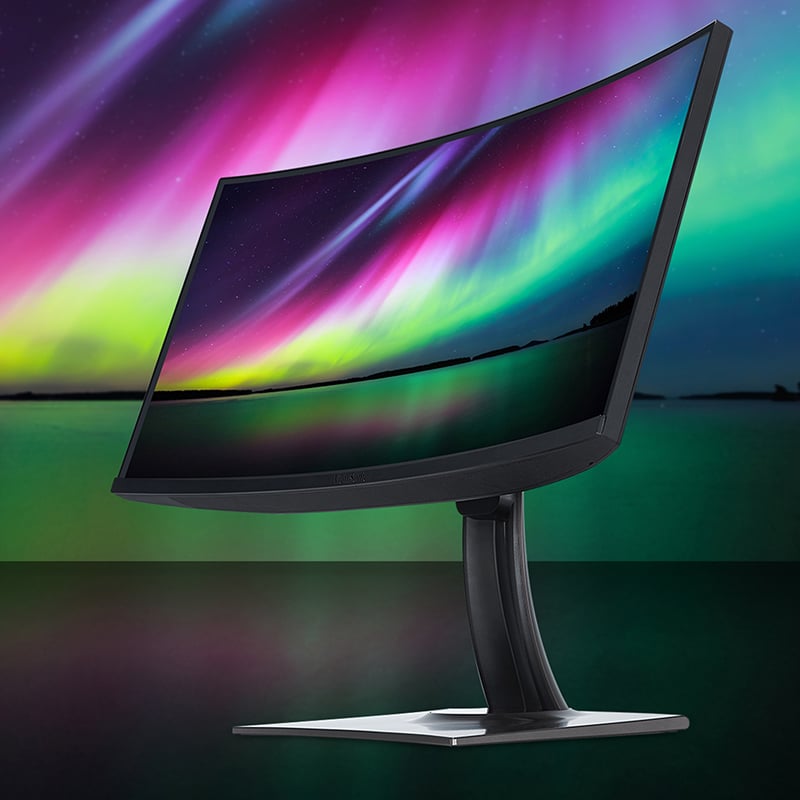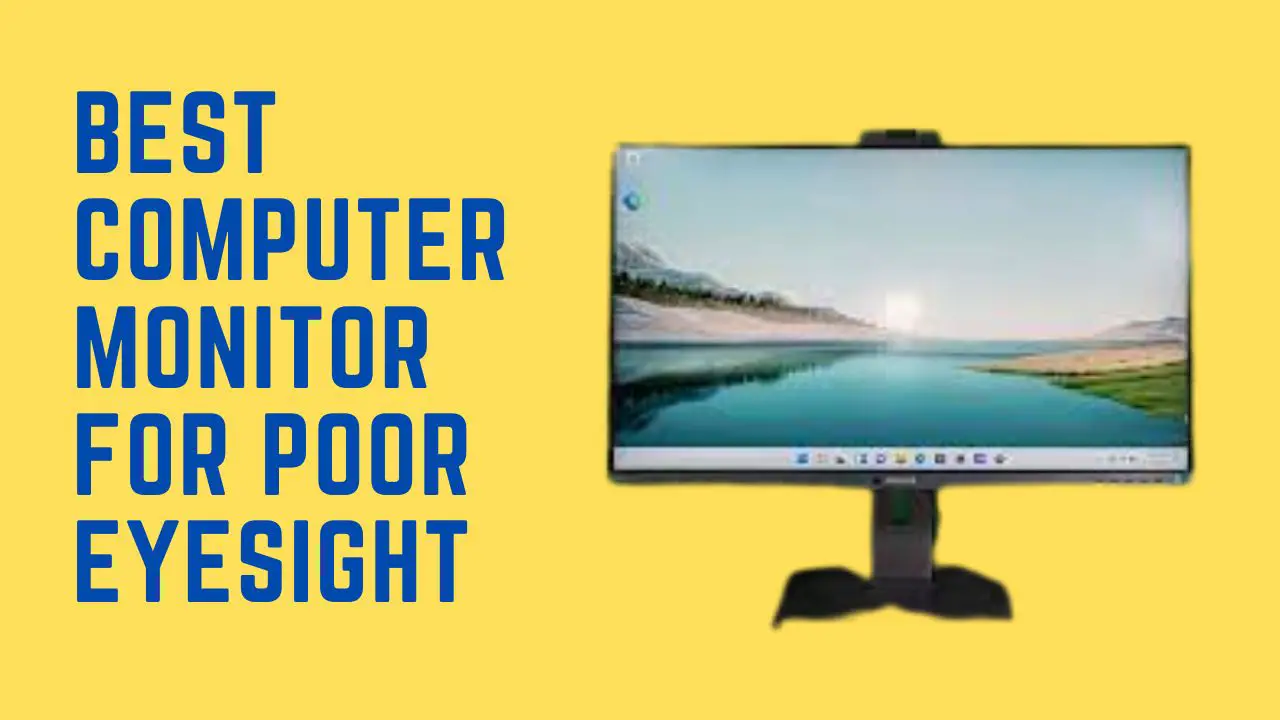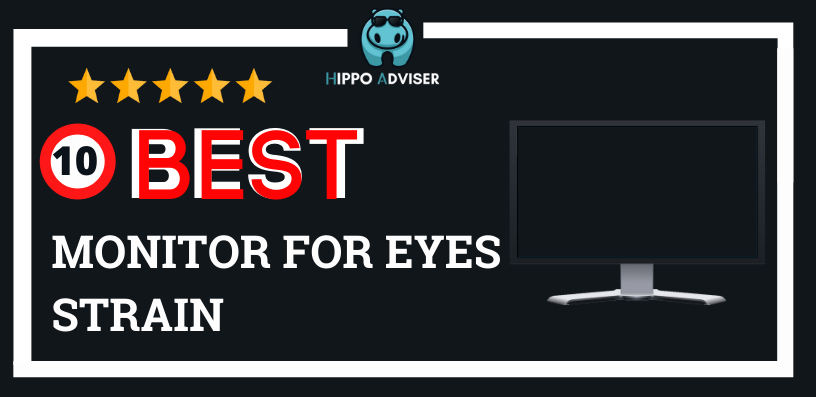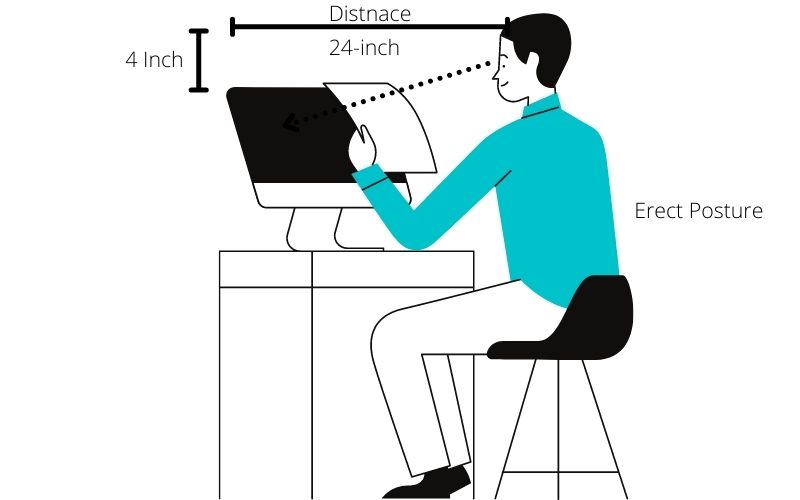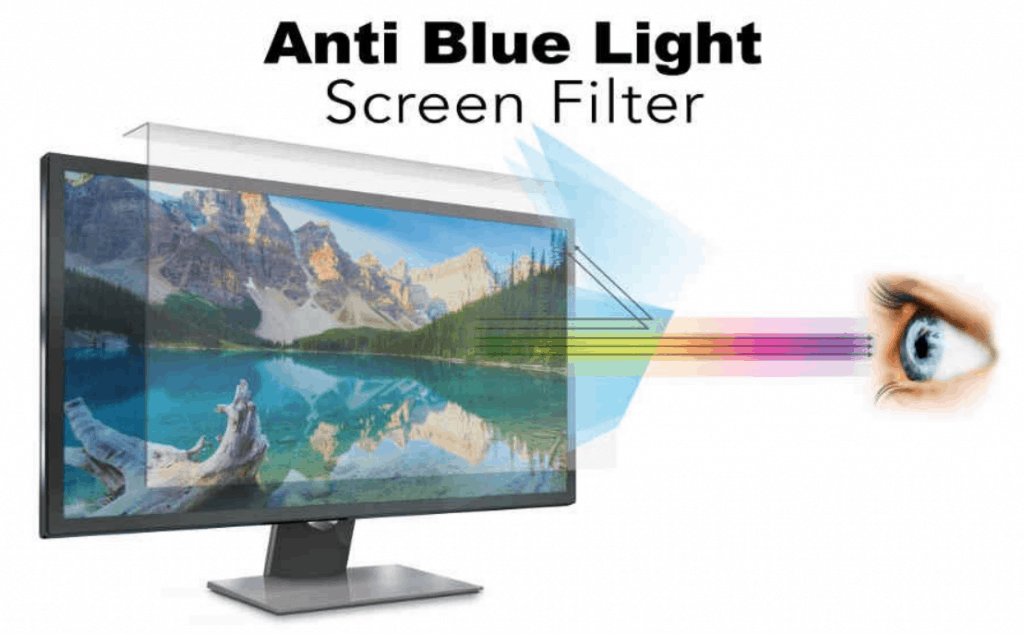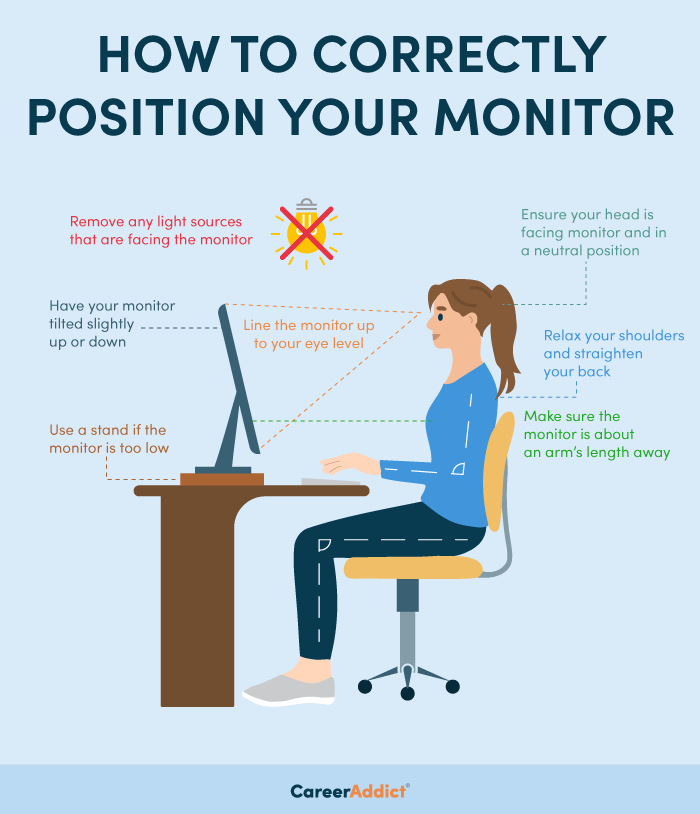What Is The Best Computer Monitor For Your Eyes

Tired eyes after a long day in front of the screen? You're not alone. For value-conscious shoppers seeking the best monitor to protect their eyes without breaking the bank, this review is for you.
We'll delve into the key features that minimize eye strain and provide a shortlist of monitors catering to various needs and budgets. Understanding the technology behind eye comfort is crucial for making an informed purchase.
Why Your Monitor Matters For Eye Health
Spending hours staring at a monitor can lead to digital eye strain, characterized by headaches, blurred vision, and dry eyes. The type of monitor you use significantly impacts your visual comfort. Investing in an eye-friendly monitor can dramatically improve your well-being and productivity.
Factors such as screen size, resolution, refresh rate, panel type, and blue light emission all play a crucial role.
Practical Considerations Before You Buy
Before diving into specific models, consider these factors: your typical usage scenario (work, gaming, or general use), your budget, and the available desk space. Also consider the monitor's adjustability: height, tilt, swivel, and pivot options greatly enhance ergonomics.
Ambient lighting in your workspace also matters. A monitor that's too bright or too dim compared to the surrounding environment can strain your eyes.
Shortlist of Eye-Friendly Monitors
Here's a curated list of monitors, categorized by budget and use case, designed to reduce eye strain:
- Budget-Friendly Option: BenQ GW2480T (24-inch, IPS, Low Blue Light, Flicker-Free)
- Mid-Range All-Rounder: Dell UltraSharp U2722DE (27-inch, IPS, ComfortView Plus, USB-C Hub)
- High-End for Professionals: EIZO FlexScan EV2785 (27-inch, IPS, Auto Brightness, EcoView Optimizer)
- Gaming on a Budget: ASUS VP249QGR (24-inch, IPS, 144Hz, Low Blue Light, Flicker-Free)
Detailed Reviews
BenQ GW2480T
The BenQ GW2480T is an excellent entry-level monitor that prioritizes eye comfort. Its key features include Brightness Intelligence Technology, which automatically adjusts screen brightness based on ambient light. It also incorporates low blue light and flicker-free technologies, making it ideal for extended use.
The IPS panel provides wide viewing angles and accurate colors, while the ergonomic stand offers height and tilt adjustments. The affordability and focus on eye care make it a top choice for students and office workers on a budget.
Dell UltraSharp U2722DE
The Dell UltraSharp U2722DE strikes a balance between performance and eye comfort. Dell's ComfortView Plus technology reduces harmful blue light emissions without sacrificing color accuracy. The 27-inch IPS panel delivers sharp images and wide viewing angles.
This monitor boasts a built-in USB-C hub, simplifying connectivity and reducing cable clutter. The fully adjustable stand allows for optimal ergonomic positioning, making it a great choice for professionals.
EIZO FlexScan EV2785
The EIZO FlexScan EV2785 is a premium monitor designed for professionals who demand the best in image quality and eye care. It features an IPS panel with excellent color accuracy and uniformity. EIZO's Auto EcoView and EcoView Optimizer technologies automatically adjust brightness and reduce power consumption based on ambient light and screen content.
The flicker-free backlight and blue light reduction further minimize eye strain. While it's a pricier option, the FlexScan EV2785 is a worthwhile investment for those who spend long hours working with visually demanding tasks.
ASUS VP249QGR
The ASUS VP249QGR is a budget-friendly gaming monitor that doesn't compromise on eye comfort. Its 144Hz refresh rate provides smooth and fluid gameplay. ASUS Eye Care technology includes low blue light and flicker-free features.
The IPS panel delivers accurate colors and wide viewing angles. While not as feature-rich as higher-end gaming monitors, the VP249QGR is a solid choice for gamers on a budget who want to protect their eyes.
Side-by-Side Specs and Performance
| Monitor | Panel Type | Resolution | Refresh Rate | Blue Light Reduction | Flicker-Free | Ergonomics | Price (Approx.) | Eye Comfort Score (out of 5) |
|---|---|---|---|---|---|---|---|---|
| BenQ GW2480T | IPS | 1920x1080 | 60Hz | Yes | Yes | Tilt, Height | $150 | 4.5 |
| Dell UltraSharp U2722DE | IPS | 2560x1440 | 60Hz | Yes | Yes | Tilt, Swivel, Pivot, Height | $450 | 4.8 |
| EIZO FlexScan EV2785 | IPS | 3840x2160 | 60Hz | Yes | Yes | Tilt, Swivel, Pivot, Height | $900 | 5.0 |
| ASUS VP249QGR | IPS | 1920x1080 | 144Hz | Yes | Yes | Tilt, Swivel, Height | $200 | 4.3 |
Note: Prices are approximate and may vary. Eye Comfort Score is based on a combination of features, user reviews, and expert analysis.
Key Takeaways
Choosing the right monitor can significantly reduce eye strain and improve your overall well-being. Consider factors like panel type, resolution, refresh rate, blue light reduction, and flicker-free technology. Ergonomics also play a crucial role in ensuring comfortable viewing.
Assess your needs, budget, and workspace before making a decision. The models listed above provide a starting point for your research.
Ready to Upgrade?
Invest in your eye health today! Explore the recommended monitors and read user reviews to find the perfect fit for your needs and budget. A comfortable viewing experience is an investment in your long-term health and productivity.
Frequently Asked Questions (FAQ)
Q: What is blue light, and why is it harmful?
Blue light is a high-energy visible light that can contribute to eye strain and disrupt sleep patterns. Monitors with blue light filters can reduce the amount of blue light emitted.
Q: What is flicker-free technology?
Flicker-free technology eliminates the rapid flickering of the backlight, which can cause eye fatigue. Monitors with flicker-free technology provide a more stable and comfortable viewing experience.
Q: Is a higher resolution always better for eye comfort?
While higher resolution generally provides sharper images, it's not always the most important factor for eye comfort. Other features, such as blue light reduction and flicker-free technology, are equally important. Ensure the text size is comfortable to read at the chosen resolution, scaling the display if needed.
Q: What is the ideal monitor size for reducing eye strain?
The ideal monitor size depends on your viewing distance and resolution. A larger monitor may be more comfortable for some, while others may prefer a smaller screen. Experiment to see what feels most comfortable for you. For most users sitting at a typical desk distance, 24-27 inches is a good starting point.
Q: How important is monitor calibration for eye comfort?
Monitor calibration ensures accurate colors and brightness levels, which can contribute to a more comfortable viewing experience. Many monitors come with pre-set modes optimized for different tasks, but you can also use calibration tools for more precise adjustments.


